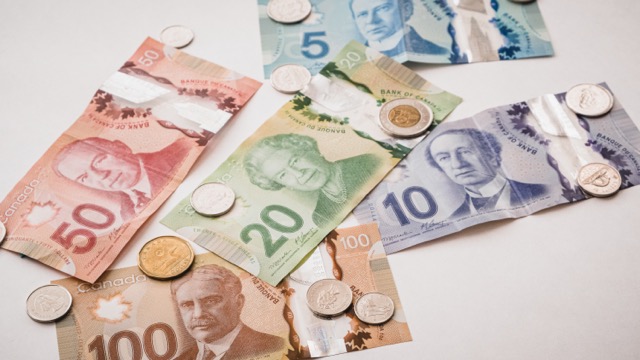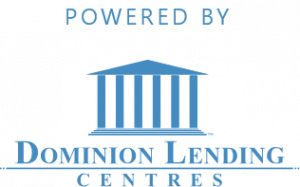Utilizing the Equity in Your Home
How Utilizing the Equity in Your Home can work to your advantage
Having been in your home for some time, steadily paying off your mortgage, you are setup to be utilizing the equity in your home. To access it, begins with refinancing. This is likely more accessible and at a lower cost than obtaining a loan not secured by your valuable asset – your home. For the most part, home equity loans and lines of credit hold lower interest rates. You will be able to access up to 80% the appraised value of your home.
What can be done with these Funds?
You can then utilize these funds to make investment with higher returns. You may plan to use the funds to make improvements on your home, increasing the resale price potential. Or you may plan to consolidate excising debt charging you a high interest rate, decreasing your debt load faster and increasing your monthly cash flow. Or you may want to pursue a business opportunity that will increase your future earning potential. The opportunities are plenty when you are utilizing the equity in your home.
How to get started?
We will take a simple application from you and gather the necessary documentation from you directly. We will then package the application and present to the lenders that we are working with on a regular basis. Allowing us to handle all aspects of the mortgage refinance, you can ensure you will enjoy a smooth process. From start to finish we will take care of all of the details when utilizing the equity in your home.



